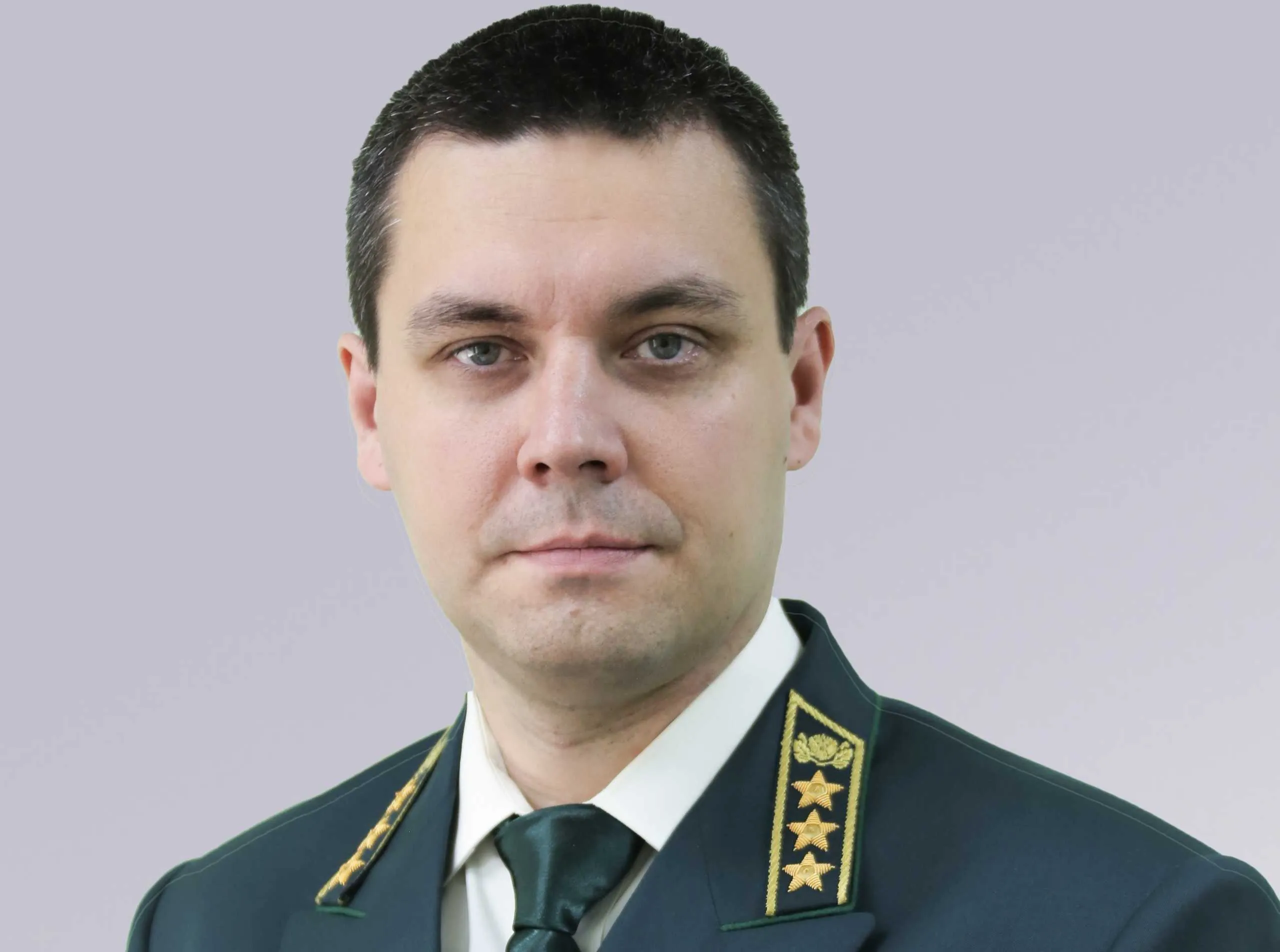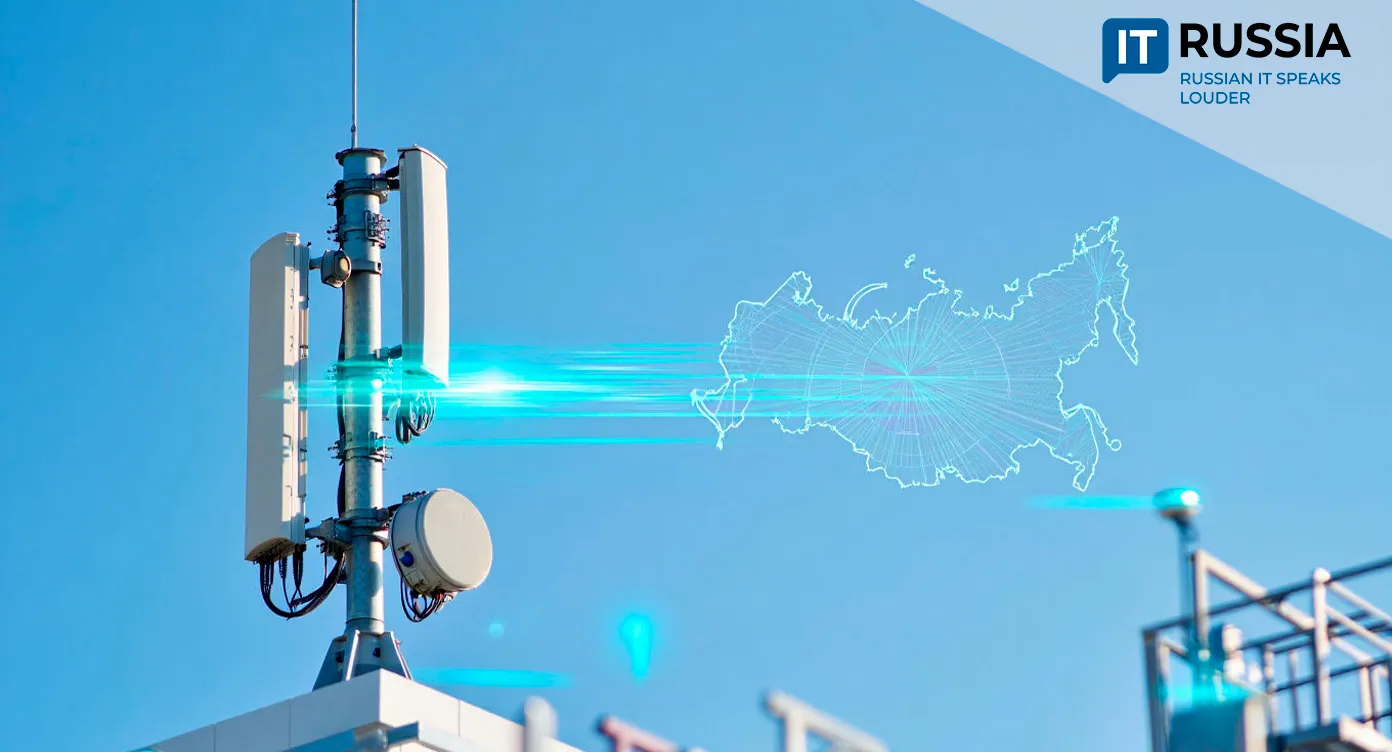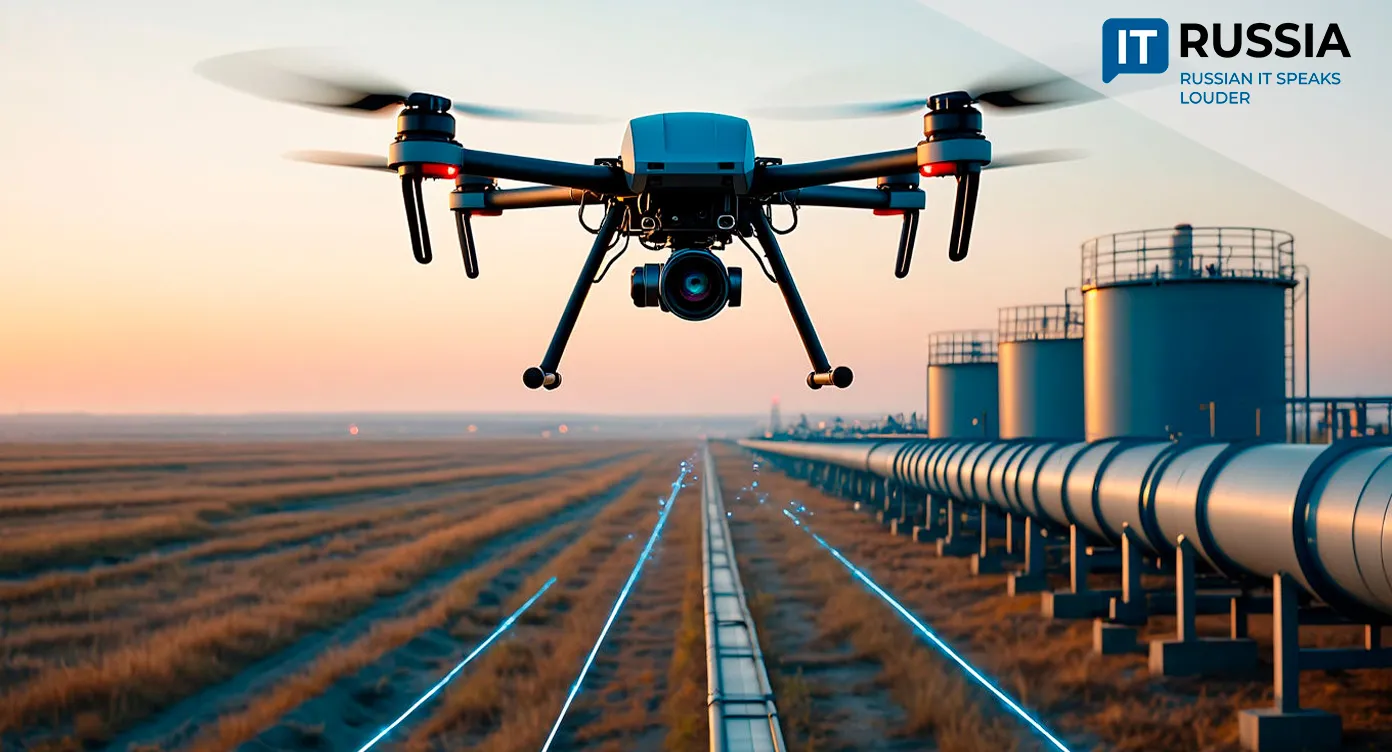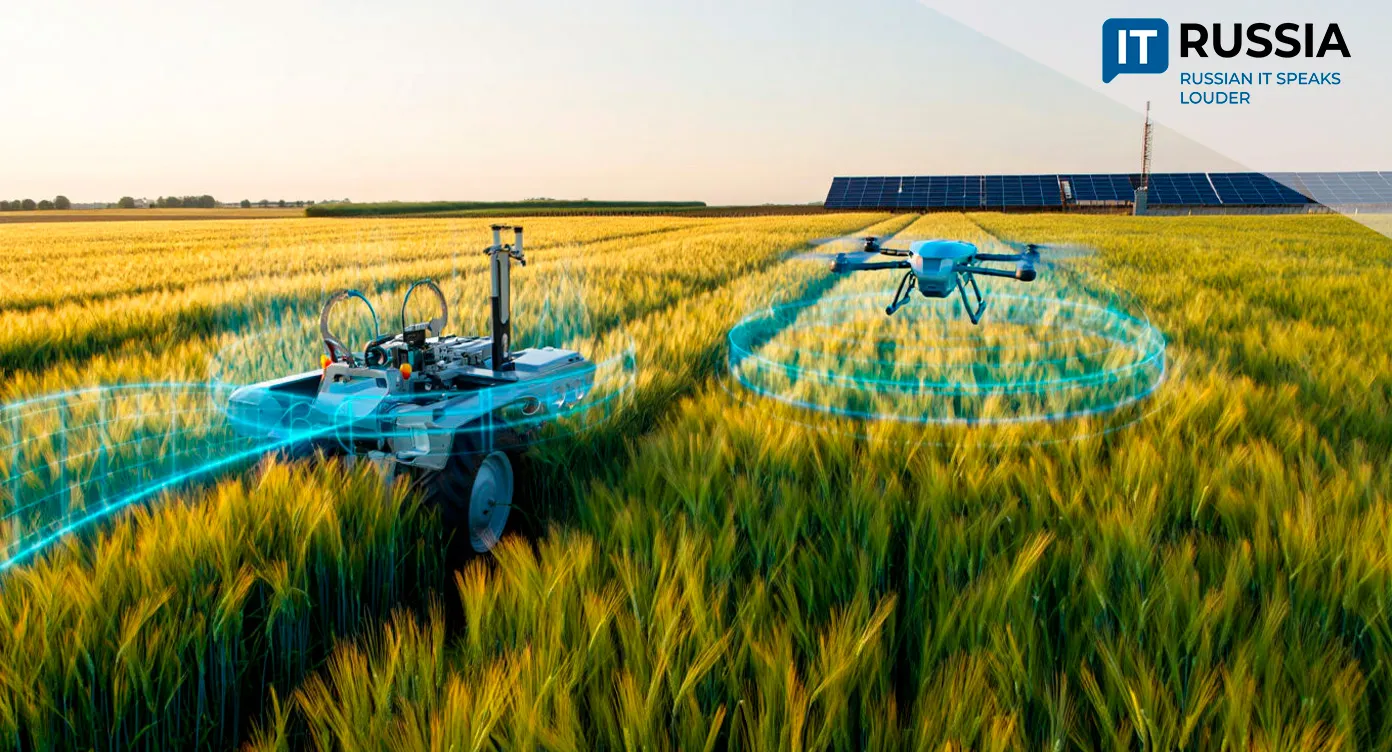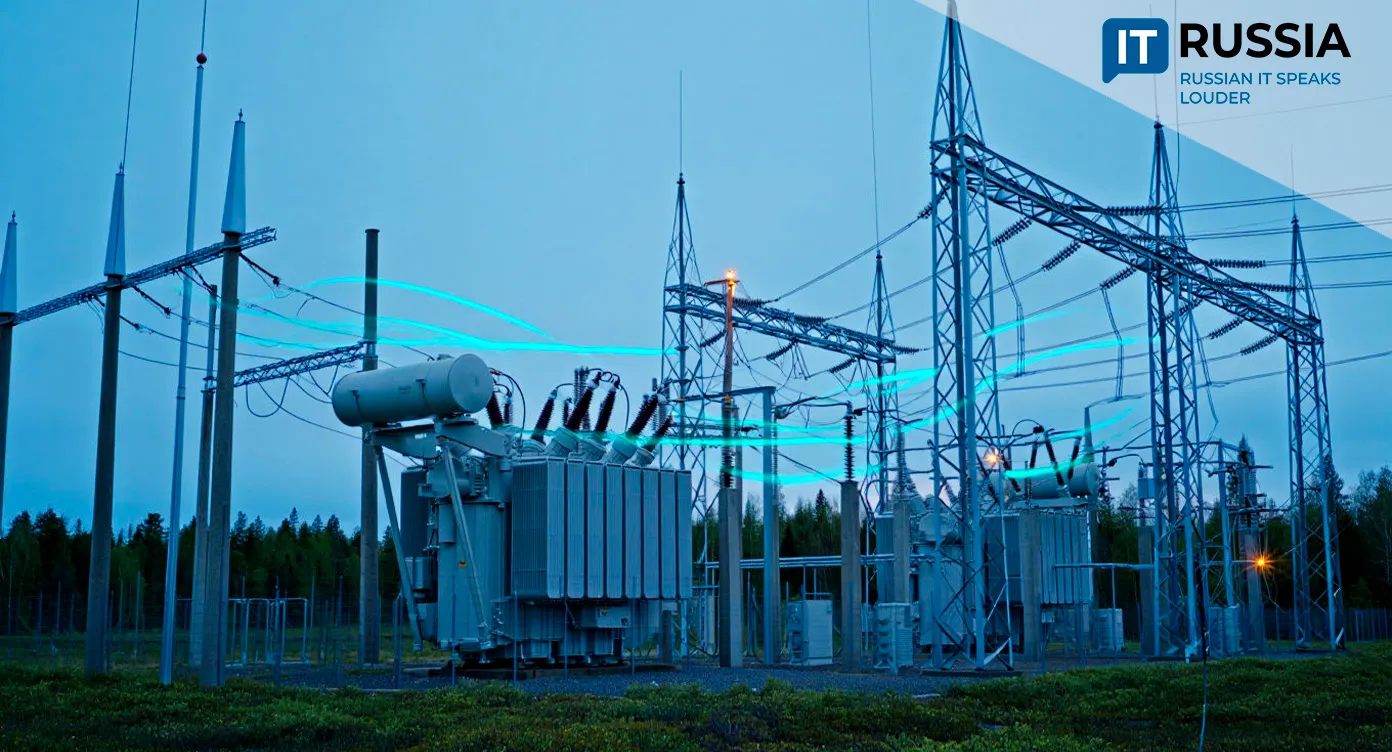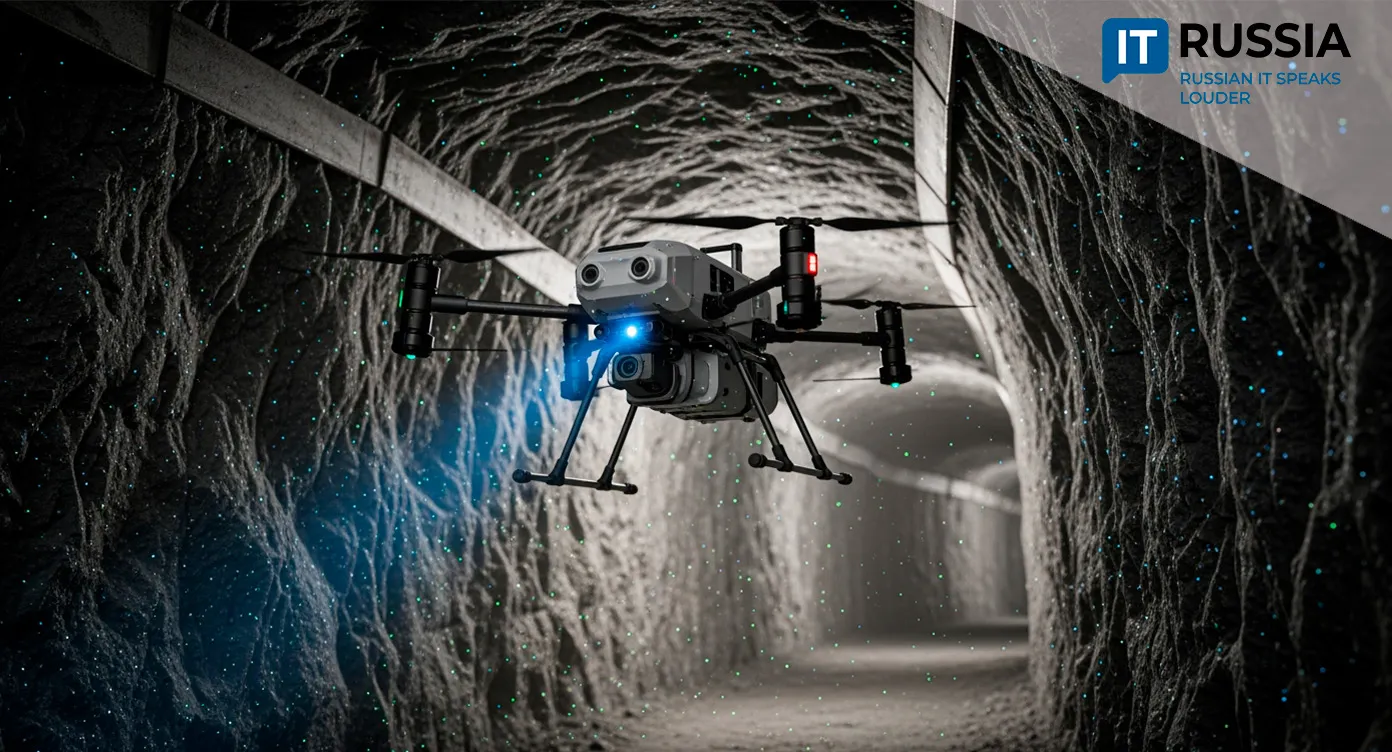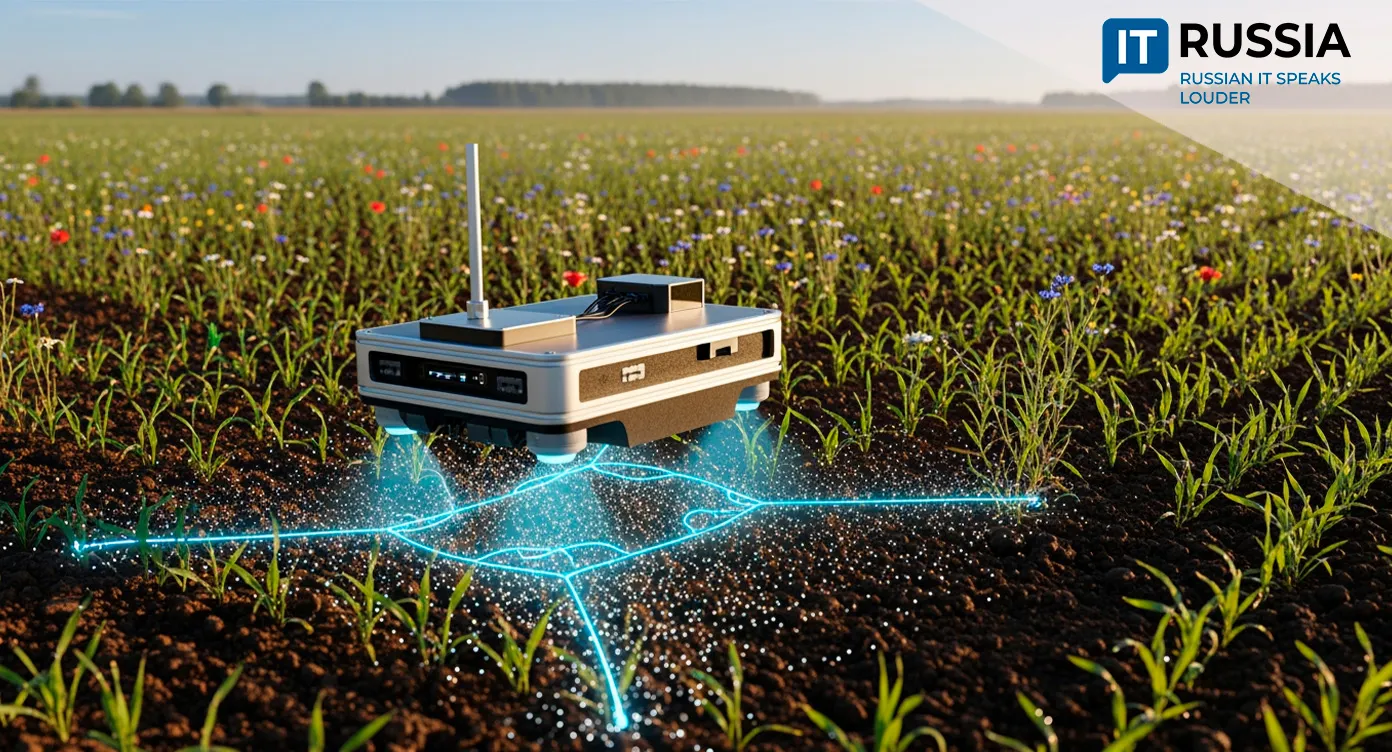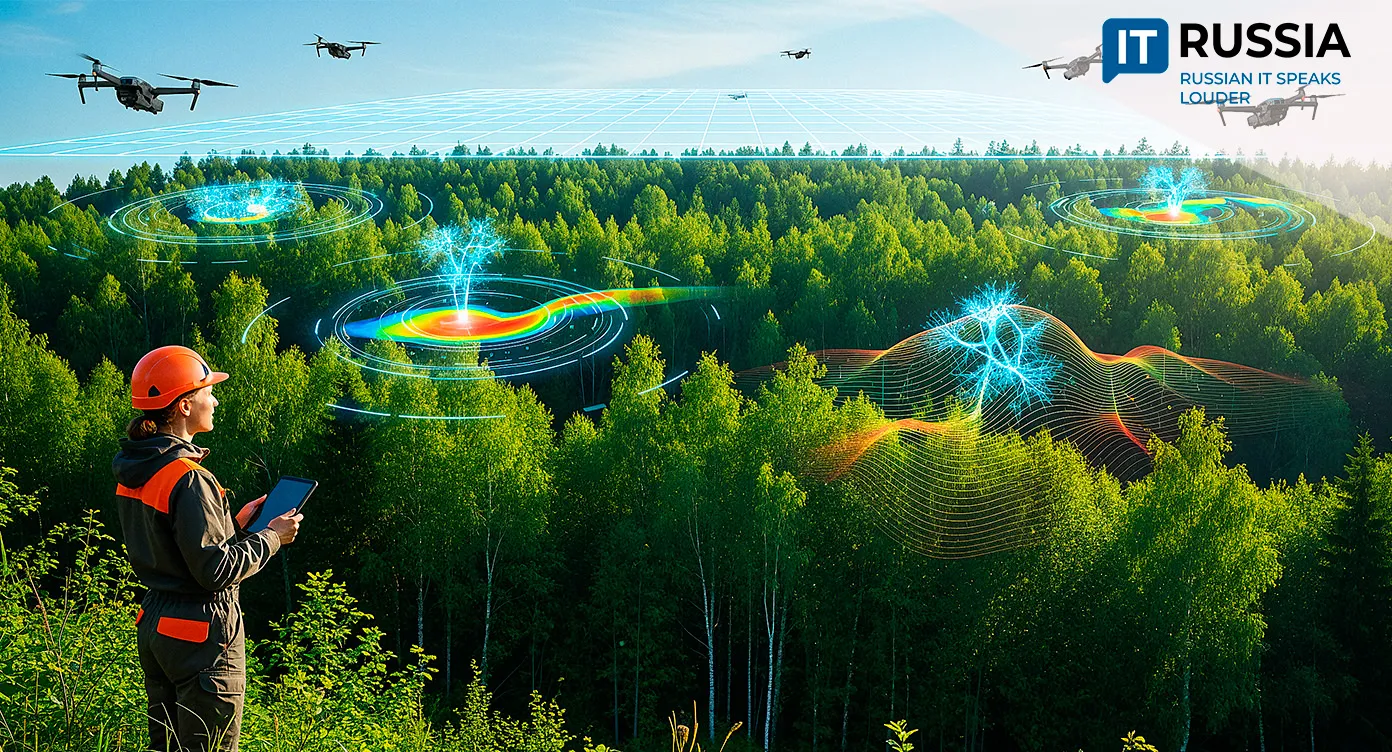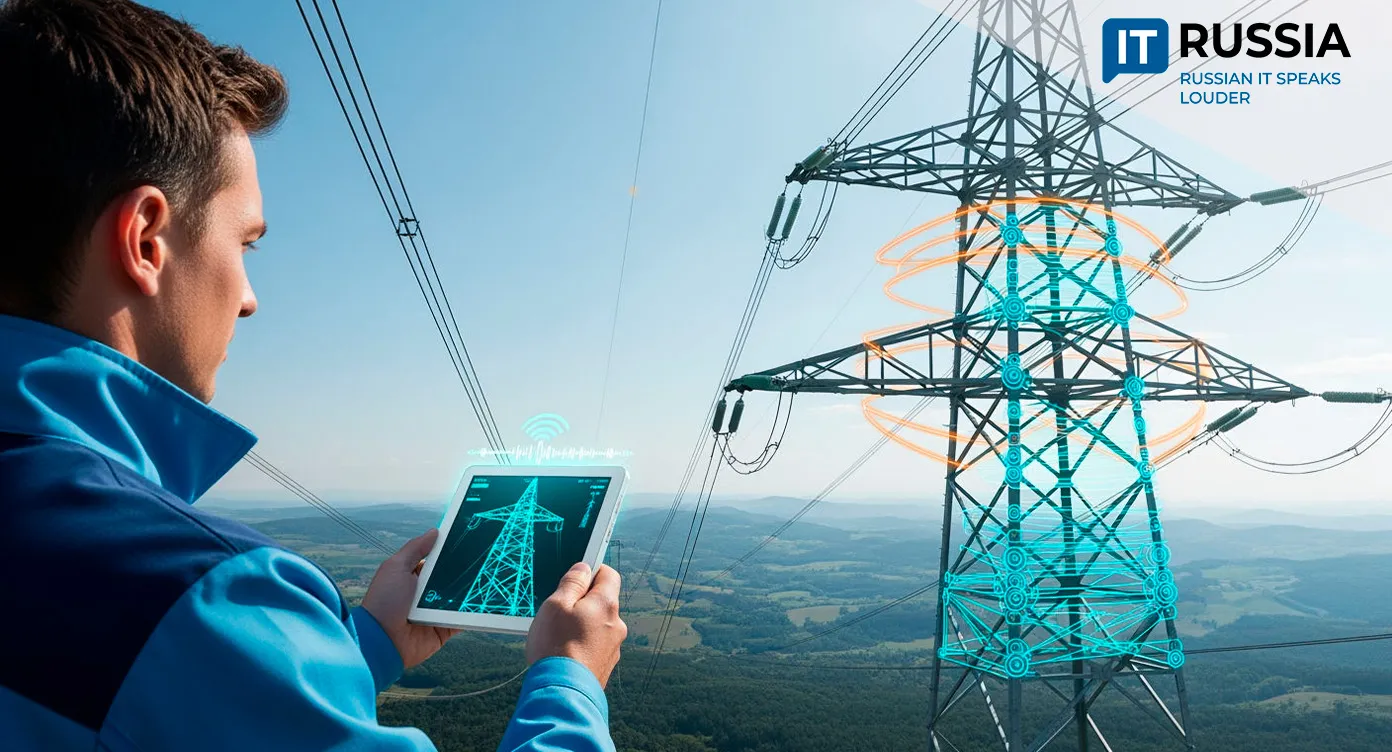Sky Watch: How Artificial Intelligence in Russia Is Learning to Fight Wildfires
As climate-driven wildfires reshape ecosystems worldwide, Russia is deploying next-generation drones powered by artificial intelligence to fight back. The Ministry of Emergency Situations (EMERCOM) has begun testing ZALA ZARYA unmanned aerial vehicles equipped with onboard AI that can detect fires in real time, highlight hotspots on operator screens, and instantly generate location reports for firefighters. The technology is redefining how emergency response teams protect forests and communities — faster, more precise, and life-saving.
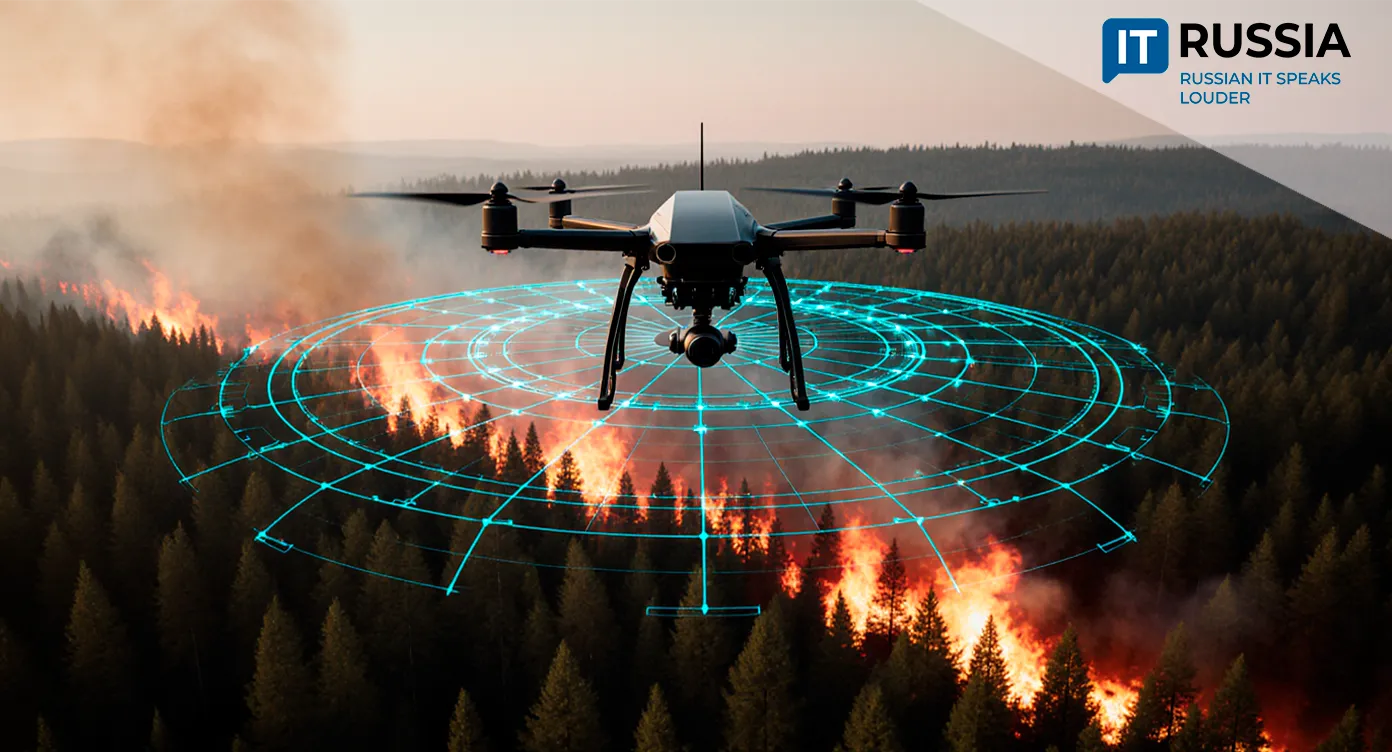
Early Detection: Saving Forests and Lives
In 2024, the planet lost a record area of forest due to wildfires linked to global warming — an expanse roughly equal to the size of Italy. In contrast, Russia managed to reduce its number of wildfires by 1.5 times compared with the five-year average. Still, the figures remain significant: by the end of last year, over 10,000 fires had affected 7.7 million hectares.
Early detection and rapid localization of fires can mean the difference between containment and catastrophe. ZALA ZARYA-1 and ZALA ZARYA-1M drones, equipped with optical and thermal cameras, are already used in more than 60 Russian cities for flood monitoring, fire detection, and other emergency operations. Now, these aircraft have gained an upgrade — artificial intelligence.
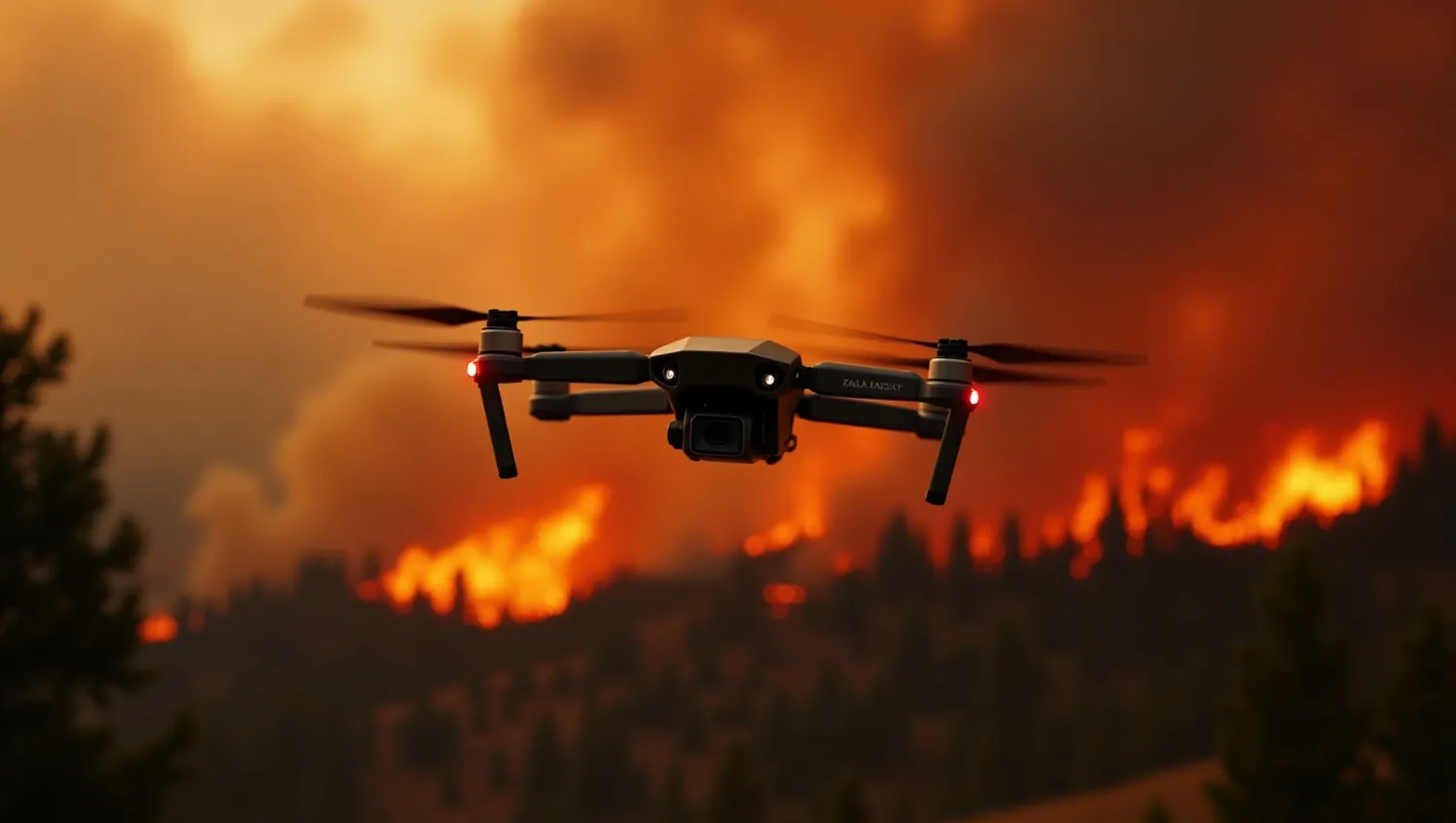
The onboard hardware-software complex IRRA automatically identifies fire outbreaks during flight and generates detailed coordinates for response teams. Such AI-driven drone systems are no longer prototypes — they’re becoming an integral part of Russia’s environmental monitoring strategy. In fact, in 2024 the Ministry of Natural Resources announced plans to purchase over 1,500 UAVs for ecological surveillance.
From Pilots to Policy: Mainstreaming AI Fire Response
The new technology will be rolled out first in regions most prone to wildfires and integrated with existing digital systems like *Lesokhranitel* (“Forest Guardian”). The government has already outlined its trajectory for expanding the national drone fleet to strengthen environmental and disaster resilience.
Private-sector developers are also entering the field. For example, Geoscan has introduced onboard AI capable of detecting both active and smoldering fires in real time. Its neural network processes video directly on the drone, marking coordinates for immediate intervention. Meanwhile, EMERCOM’s use of Orlan-10 UAVs for forest-fire monitoring has effectively become the national standard, confirming that AI-powered aerial systems are now embedded in daily operations.
The next major step will be regulation. Federal agencies are discussing the standardization of methodologies and operational frameworks for AI-equipped UAVs by 2026. Once established, these standards will provide the legal foundation for routine, not experimental, use of intelligent drones in forest protection. Such developments also hold export potential — especially across EAEU and BRICS countries seeking sustainable, scalable wildfire solutions.
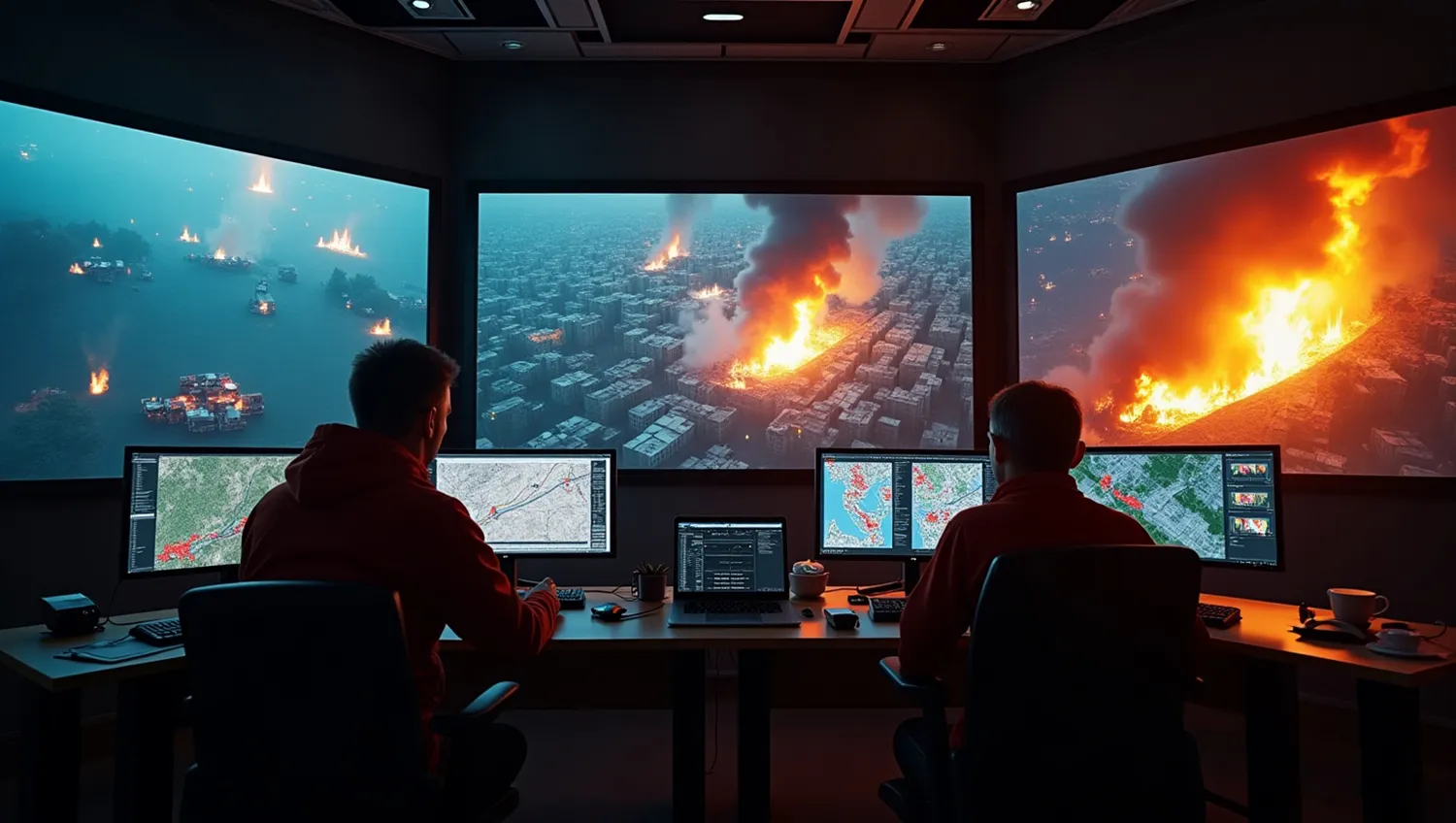
Sustainability in the Sky
Smart drones are rapidly evolving from niche innovations into essential tools for forest conservation, flood monitoring, and disaster prevention. The forecast for 2025–2026 is clear: Russia is transitioning from pilot projects to large-scale implementation in regions with the highest wildfire risks.
Competition among domestic developers is expected to accelerate technological maturity, reduce deployment costs, and expand functionality — from advanced computer-vision algorithms to offline operational modes. This growth will not only protect ecosystems but also reinforce national environmental sustainability efforts.
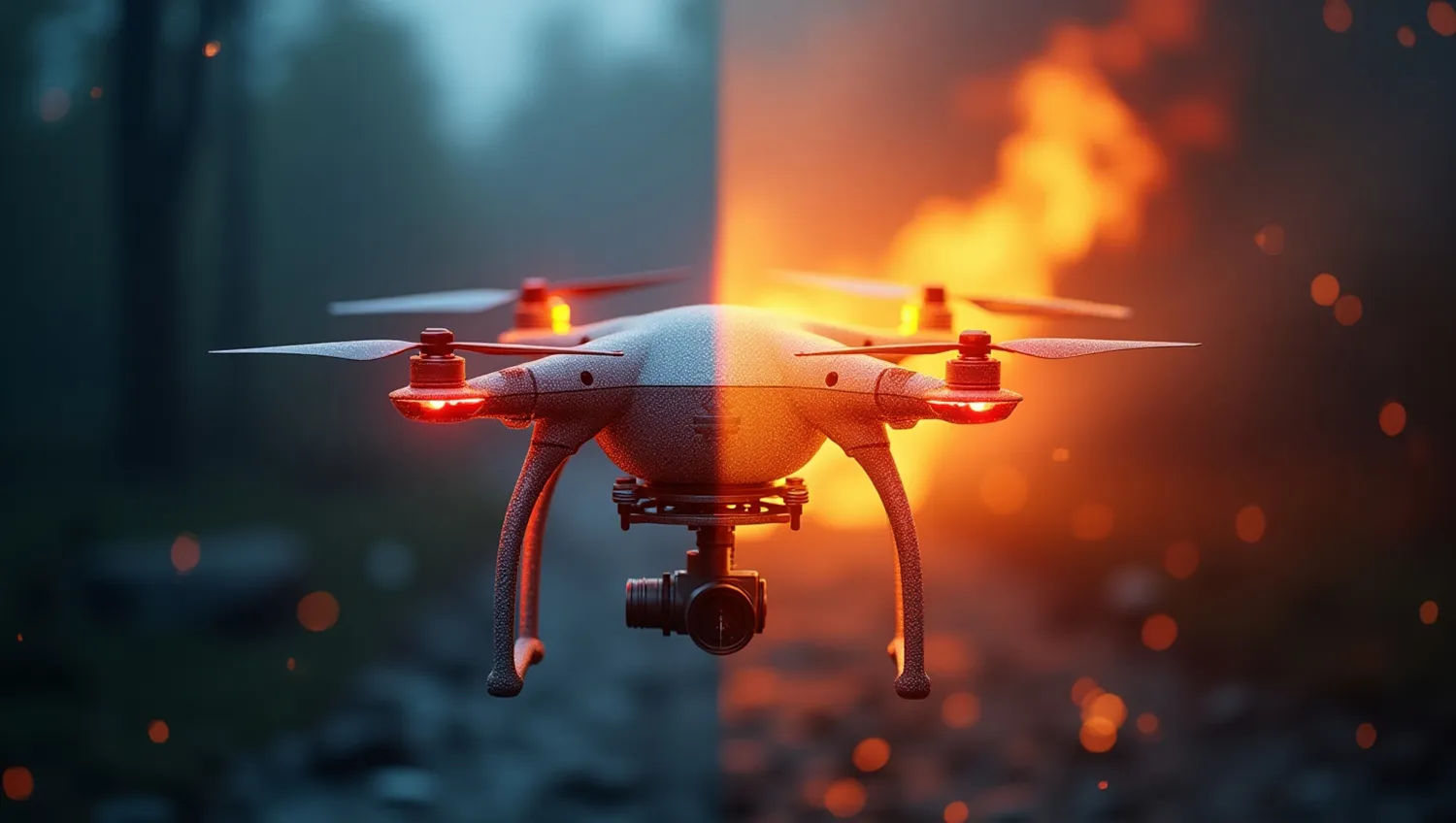
Fire has met a new kind of opponent — intelligent, autonomous, and tireless — and that opponent might just be the key to saving the world’s forests.


